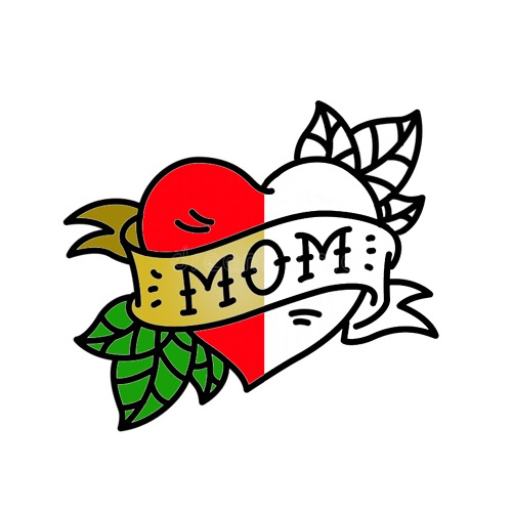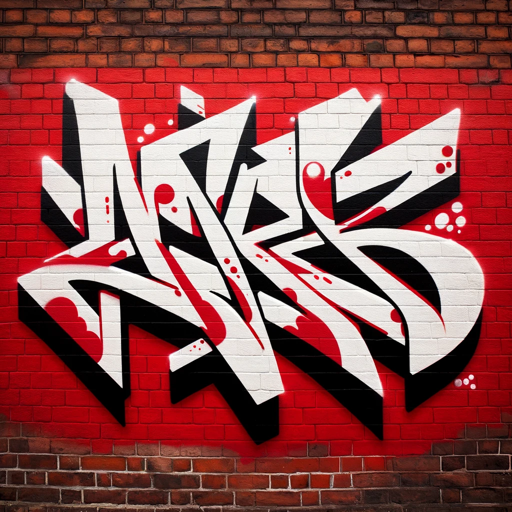Stencils-AI-powered stencil creation
AI-powered stencil creation tool
How do I choose the right image for a stencil?
Can you help me adjust the contrast for my stencil?
What are bridges in stencil design?
How do I convert my design into a stencil?
Related Tools
Load More
Tattoo Design & Stencil
Create your tattoo with a matching stencil for your tattoo appointment!

Graffiti Text
Converts text into wide-screen graffiti art.
Sticker Whiz
Your creative assistant for custom die-cut stickers.

Sticker Creator
Creates playful stickers from photos using DALL-E.

Sticker Wizard
Professionally designing vibrant, custom stickers for Stickermule.

Custom Stickers GPT
GPT for Print-On-Demand (POD) | Custom Stickers | Dog Stickers | Car Stickers | Phone Case Stickers | Laptop Stickers | Wall Stickers | Window Stickers +25K others | 🧸 Start customizing your own stickers! 🌹 [BETA] | UPDATED!
20.0 / 5 (200 votes)
Introduction to Stencils
Stencils are templates used to produce precise patterns and designs by applying paint, ink, or other mediums through cut-out areas. The design purpose of Stencils is to simplify the process of replicating complex images or text with consistency and accuracy. They are used in various artistic, industrial, and educational contexts. For instance, street artists use stencils for graffiti art to quickly reproduce intricate designs, while manufacturers employ stencils for labeling and marking products. Another example includes educators using stencils for teaching aids to help students learn shapes and letters.

Main Functions of Stencils
Image Simplification
Example
Converting a photograph into a stencil
Scenario
An artist takes a detailed photograph of a landscape and uses stencil techniques to simplify the image into basic shapes and lines, making it suitable for spray painting.
Edge Detection and Enhancement
Example
Emphasizing outlines of the main subject
Scenario
A designer enhances the edges of a logo to create a clear and sharp stencil that can be used for branding on various surfaces.
Detail Reduction
Example
Focusing on essential elements
Scenario
In creating educational tools, a teacher reduces unnecessary details from images of animals, leaving only the essential features to make recognizable and easy-to-use stencils for classroom activities.
Ideal Users of Stencils Services
Artists and Designers
Artists and designers benefit from stencils for creating repeatable, intricate designs. Street artists, for example, use stencils to quickly apply complex art to walls, while graphic designers use them to prototype designs on various surfaces.
Educators and Students
Teachers and students find stencils useful for educational purposes. Educators can use stencils to create teaching aids that help students learn shapes, letters, and other concepts through hands-on activities.

How to Use Stencils
Step 1
Visit aichatonline.org for a free trial without login, also no need for ChatGPT Plus.
Step 2
Upload the image you want to convert into a stencil. Ensure the image has clear and distinguishable features for the best results.
Step 3
Adjust the image settings for simplification, contrast, and edge detection to define the stencil's cut-out areas clearly. Use the provided tools to tweak and refine the image.
Step 4
Create bridges to maintain the integrity of the stencil. This step ensures that isolated parts of the design are supported and connected.
Step 5
Finalize your design by making any necessary adjustments for aesthetics and practicality. Once satisfied, download or print the stencil for your project.
Try other advanced and practical GPTs
Französisch-Deutsch Übersetzer
AI-powered German-French Translation Tool

Український Юрист
AI-powered insights into Ukrainian law

Chess Challenger
Your AI Chess Coach
KR Prompt Genie
AI-powered custom prompt generation

Mindmapper
AI-Powered Mind Mapping Tool

PromQL Advisor
AI-powered PromQL query assistance.

SEO Scribe
AI-powered SEO content optimization.

BQ Star
AI-powered STAR interview response enhancer

诗歌小姐 📜
AI-powered poetry translation and analysis.

詩歌小姐 📜
AI-powered tool for poetry translation and analysis

📝 Professor de Concurso Público
AI-Powered Public Exam Study Assistant

English Teacher
Enhance your English with AI precision.

- Art Projects
- Home Decor
- Custom Apparel
- Crafting
- Sign Making
Detailed Q&A About Stencils
What is the primary purpose of using stencils?
Stencils are used to replicate designs, patterns, or images onto various surfaces. They help in maintaining consistency, precision, and speed in artistic and practical applications such as painting, graffiti, and crafting.
How can I ensure the best quality stencil?
Choose images with high contrast and clear, distinguishable features. Use the simplification and contrast adjustment tools to enhance these features and ensure the stencil captures the essential elements of the image.
What materials can stencils be used on?
Stencils can be used on a variety of materials including paper, fabric, wood, walls, and even glass. The choice of material depends on the project and the type of paint or ink being used.
Can I create multi-layer stencils?
Yes, multi-layer stencils can be created by separating the design into different layers, each representing different colors or sections of the image. This allows for more complex and detailed artwork.
Are there any tips for maintaining stencil integrity during use?
Ensure that the stencil is securely positioned on the surface to prevent slipping. Use a light adhesive if necessary. Also, avoid overloading the brush or spray can with paint to prevent bleeding under the stencil.